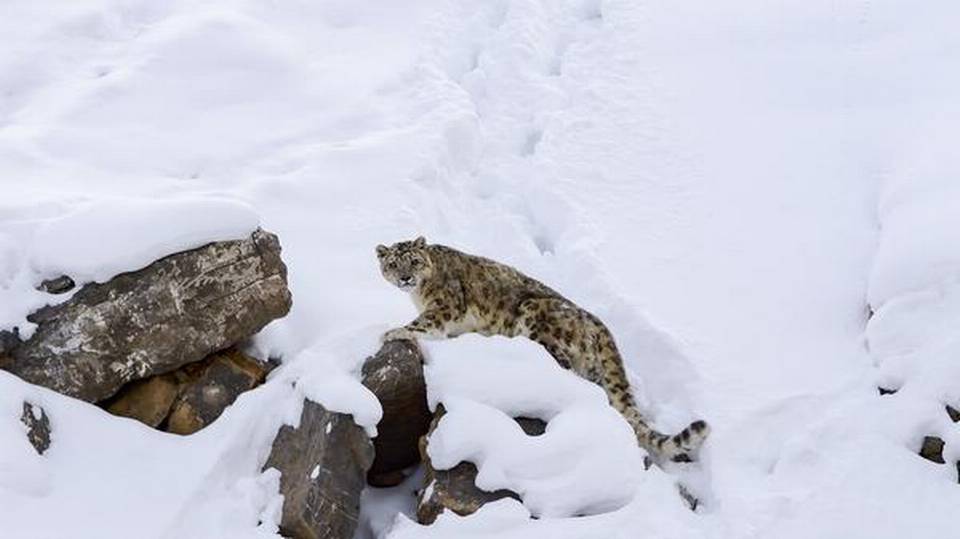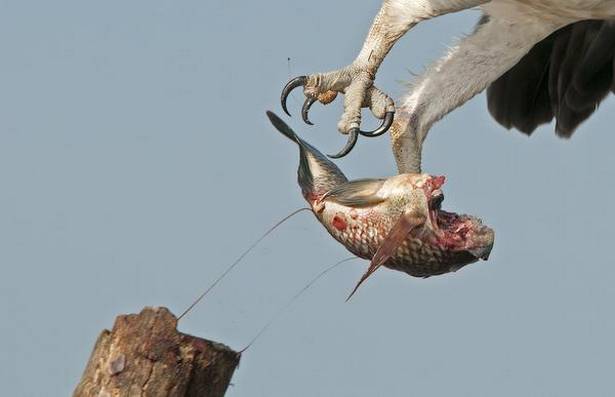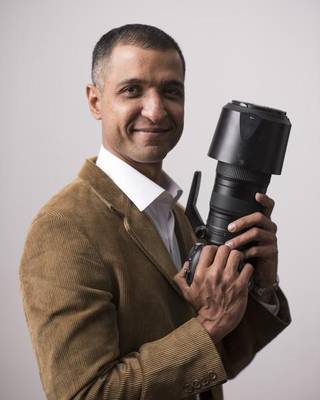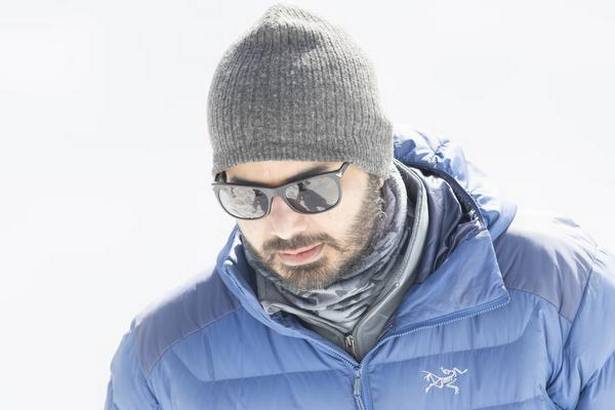TELANGANA :

For World Wildlife Day on March 3, photographers speak of what attracts them to the wilderness
March 3 is World Wildlife day, as declared by the United Nations. A day dedicated to celebrate and raise awareness of the world’s wild fauna and flora.” Images go a long way to celebrate wildlife and foster love and concern for it.
But for the wildlife shows on TV, most of us haven’t seen animals in the wild. The beauty of the wilderness would have been lost to us had it not been for the photographers who spend enormous amount of time in waiting patiently to capture that one shot that will make us fall in love with nature and the jungle. Wildlife is a subject of interest to many photographers because they feel it is their way of capturing the beauty in their most natural mood and habitat.

Phani Krishna Ravi of Hyderabad Birding Pals, feels birds don’t bother humans if we just let them be. “It is the pattern that we need to learn. Wild birds have a pattern for everything — for eating, breeding, nesting and resting. Understanding their pattern needs patience. The process of understanding actually brings us peace of mind. To be a part of the wild, we need to sync with it. That is when we can understand them better and work to protect them.”
This year’s theme for World Wildlife Day 2019 is: ‘Life Below Water: For people and planet.’ Overfishing, acidification and pollution threaten life below water. The battle to clean our rivers and oceans is a long one. Activities are taking baby steps beginning with a ban on plastic straws, sunscreen lotions and finding the best solution to save marine lives.
Many examples of sea clean up and conservation of marine life can be seen the world over. A few efforts have paid dividends; a good example of this is the return of the sea turtles to Versova beach. The Versova cleanup came to be known as ‘world’s largest beach clean-up project’ by the United Nations. The beach’s dramatic transformation soon saw return of the sea turtles to the beach after 20 years. Naturally that news and videos went viral.

Does that mean we can overlook our forests this year? Are things any different on land? With shrinking habitats, our wild animals are an endangered lot and sanctuaries are the only spaces that provide them with a safe haven. ? Masood Hussain interest in wildlife photography stems from his dissatisfaction with his pictures when he was shooting people, places and festival moods. “I was only repeating what others have already done, I wanted different,” he says.
He adds, “Wild animals need their space. In the wild you can see them in their element. It’s very different from what one sees in a zoo. The wild is their natural habitat, they aren’t used to cages and small confinements. After going to the wild for photos, I feel sick if I don’t go back and spend a few days there; it is my medicine. When I go to the jungle I go with preconceived ideas of my shots. I go with the wish to capture a bird or an animal in a particular place. The only way to achieve that is to sit patiently and come back with an almost-there shot. The photo gives joy no doubt, but it also makes viewers want to be a part of it, to take care of it. It makes me happy when I see people enthusiastic about going to witness the wild. When one sees an animal in its natural habitat a sense of responsibility for their conservation comes in, it a natural thing to happen.”
Masood cannot pick a favourite photo from his own collection because each photo comes with a story to narrate.
Every photographer who goes to the wild says its beauty is fascinating and not even the hardships they face in the wild can stop them.

Professional wildlife and nature photographer Ismail Shariff who just returned from an expedition to photograph snow leopards at Spiti in Himachal Pradesh says, “When you are scouting for a snow leopard in the vast mountains and huge gorges of Kibber, completely disconnected with everyone but the ones around you, there is a sense of attainment, which get extrapolated when you actually see one. While sitting at the top of the mountain ridges surrounded and covered in all white, its not just about the fauna around you, but the feeling of calmness and satisfaction to the soul, for just being there. It’s an unexplainable feeling to be associated with such pure nature.”
source: http://www.thehindu.com / The Hindu / Home> Sci-Tech> Environment > World Wildlife Day / by Prabalika M. Borah / March 01st, 2019








